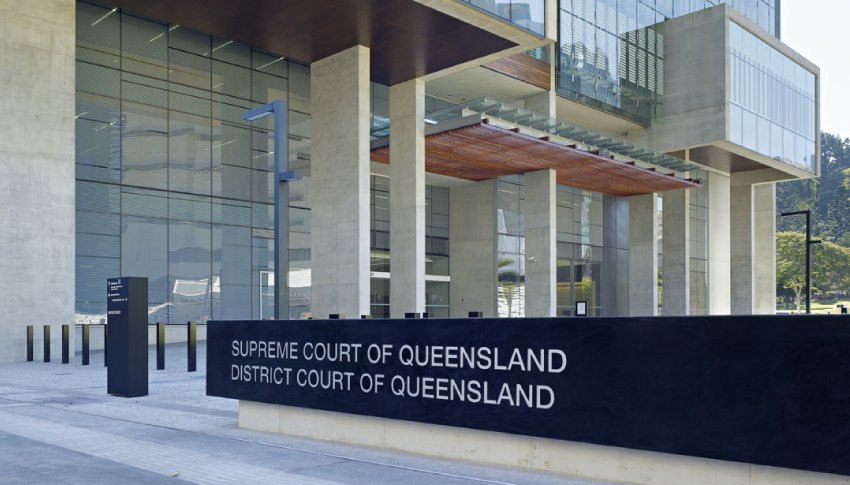Court decision raises questions about missing SMSF documents
A recent court decision involving a binding death benefit nomination raises important questions in relation to what obligations a trustee has for paying a pension or death benefit where documentation has gone missing.
At the end of last month, the Supreme Court of Queensland handed down an important judgement on the SMSF death benefit case Re Narumon Pty Ltd [2018] QSC 185, as previously reported by SMSF Adviser.
The court decided to uphold an SMSF reversionary pension nomination despite the trustee not being able to find the pension documents.
While this was clearly a positive outcome for the client, Cooper Grace Ward senior associate Hayley Mitchell said the case also raises questions around what a trustee’s obligations are in terms of continuing to pay a pension to a nominated beneficiary or paying a death benefit in circumstances where documentation is missing or incomplete.
Ms Mitchell said each matter depends heavily on the individual circumstances.
“However, where a trustee fails to properly deal the payment, the trustee is at risk of being personally liable for any loss to a beneficiary, as well as legal costs,” said Ms Mitchell.
Where a pension automatically continues to a new recipient through a reversionary pension, the trustee has no discretion, she explained.
“If the trustee has a choice as to the recipient or the form the benefit takes, then the trustee is exercising their discretion, and the pension is not reversionary. In those circumstances, a trustee of an SMSF must ensure they exercise that discretion properly and in accordance with the trust deed,” she said.
Given that reversionary pensions are normally documented in the pension terms, it is difficult for the trustee to determine whether they must follow a reversionary nomination or whether they have discretion in relation to the death benefit, she said.
In the Re Narumon case, Cooper Grace Ward lawyers, along with the accountant for the fund, undertook extensive searches for the original or copy pension documentation, she said.
“We were unable to find the pension documentation, but, through conducting this search, we collected various secondary evidence to support a finding that the pension was in fact reversionary,” said Ms Mitchell.
“The factors that supported this finding included the actuarial certificates, which made an assumption the pension was reversionary, the way in which the pension payments were calculated due to the nature of the complying lifetime pension and the written financial advice provided to the member about their options for a pension.”
Importantly, the search did not recover any documents that suggested the terms or nature of the pension had changed, she said.
“The court therefore accepted that the member had made a reversionary pension nomination and required the trustee to pay the pension to the reversionary beneficiary as required by the SIS Regulations,” she said.
Ms Mitchell pointed out that the result in Re Narumon was very specific to the facts and that if the pension had not been a lifetime complying pension, the result could have been different, she said.
“Where you have another form of pension such as a market-linked pension or account-based pension, it is highly unlikely that a court would accept the pension as being reversionary if the pension documents could not be found,” said Ms Mitchell.
“In particular, it would not be possible to show external independent evidence of the reversionary beneficiary nomination, as was the case in Re Narumon where the pension payments were calculated on the reversionary beneficiary’s life expectancy.”
Without documentation providing certainty of a reversionary pension, the trustee cannot continue to pay a pension to a reversionary beneficiary without potentially breaching its duties, she warned.
This is because the trustee has a fiduciary obligation to the members of the fund and the potential beneficiaries of the superannuation death benefit,” she said.
“In circumstances where a member is still alive, but their pension documentation and reversionary nomination are missing, steps should be taken to address the missing documents.”
If this is done properly, it can result in saving significant money and time when the time comes to administer the member’s estate, she explained.
“Where a member has died, and the trustee is unable to locate the pension documents and reversionary nomination, extensive searches should be undertaken to locate the original documents, or other documents that support a finding as to what the pension terms were and whether a reversionary nomination existed,” she said.

Miranda Brownlee
Miranda Brownlee is the deputy editor of SMSF Adviser, which is the leading source of news, strategy and educational content for professionals working in the SMSF sector.
Since joining the team in 2014, Miranda has been responsible for breaking some of the biggest superannuation stories in Australia, and has reported extensively on technical strategy and legislative updates.
Miranda also has broad business and financial services reporting experience, having written for titles including Investor Daily, ifa and Accountants Daily.








